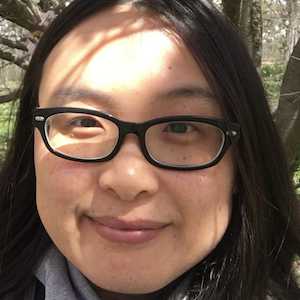THRUST 1: AI FOR SENSING AND OPTIMIZATION
Much of the power of modern AI derives from our ability to fit highly expressive models to large sets of high-dimensional data, by numerical optimization. Physics and dynamics-informed AI poses additional challenges beyond the standard issues of scale and dimensionality: the goal is to identify accurate physical models that support downstream control and decision making with guaranteed performance. This goes well beyond the standard demands of ML/AI, where the optimization goal is often just to accurately label a given training set. Physical data are structured: individual signals are often sparse in an appropriate basis, batches of signals are often low-rank, while data generated by systems with a few important underlying degrees of freedom typically concentrate near low-dimensional manifolds. From a computational perspective, correctly inferring these low-dimensional models in noisy, incomplete or otherwise unreliable data typically requires us to solve a high-dimensional nonconvex optimization problem, to global optimality! Clearly this requires new perspectives, since efficient nonconvex optimization is impossible in the worst case. Our team will innovative new algorithms and computational schemes to address the emerging challenges posed for optimization in the context of complex dynamical systems.
FACULTY THRUST LEAD
MISSION STATEMENT
Our mission is to leverage the structure of dynamic data to design guaranteed optimization and sensing strategies for safe, efficient, robust real-time decision making. Advances in sensing and optimization support the thrusts of modeling and control.
GOALS & MILESTONES
1st yr:
2nd yr:
3rd yr:
5th yr:
- AI Institute Inaugural Workshop: presentations, posters and networking
- Quarterly institute-wide meetings to share research, form collaborations and discuss goals
- Recruitment effort to graduate students and postdocs for AI Institute projects
- Produce a diversity of publications, software and preprints
2nd yr:
- Integrate sensor placement problems into Common Task Framework (CTF) for February workshop: Develop the sea-surface temperature data and PDEs as canonical toy data sets for sensing algorithms; Terramechanics simulation environment for planetary surface robots (Kaa Holo Mahina)
- Milestone: Publish/update open-source optimization and sensing packages: Pysensors (v2.0)
3rd yr:
- Leaderboard for CTF optimization and sensing problems (cross pollination of efforts on other members’ datasets)
- Integrate sensor placement problems into CTF for February workshop: Nuclear digital twins from Idaho National Laboratory; Aerospace manufacturing and human factors data for CTF
- Methods of analysis of the sensor placement landscape beyond the singular optimal configuration, including both variance captured by a particular sensor and sensor interaction
- Workshop hackathon for optimization and sensing
- Develop uncertainty quantification metrics for sensing and other optimization paradigms which integrate directly into CTF leaderboard
- Develop optimization guarantees for learning deep models with structured data
- Milestone: Publish/update open-source optimization and sensing packages: Pysensors (v3.0)
5th yr:
- Develop taxonomy (metalearner) of optimization approaches for: sensing, dimensionality reduction, machine learning control, numerical differentiation
- Robust submission process for the broader community for CTF problems
- Develop optimization-based architectures for dynamic data that (i) seek low-dimensional structure and (ii) incorporate invariances
- Milestone: Publish/update open-source optimization and sensing packages: Pysensors (v4.0)

